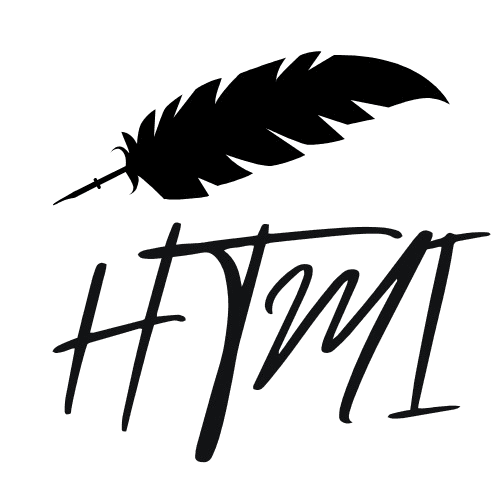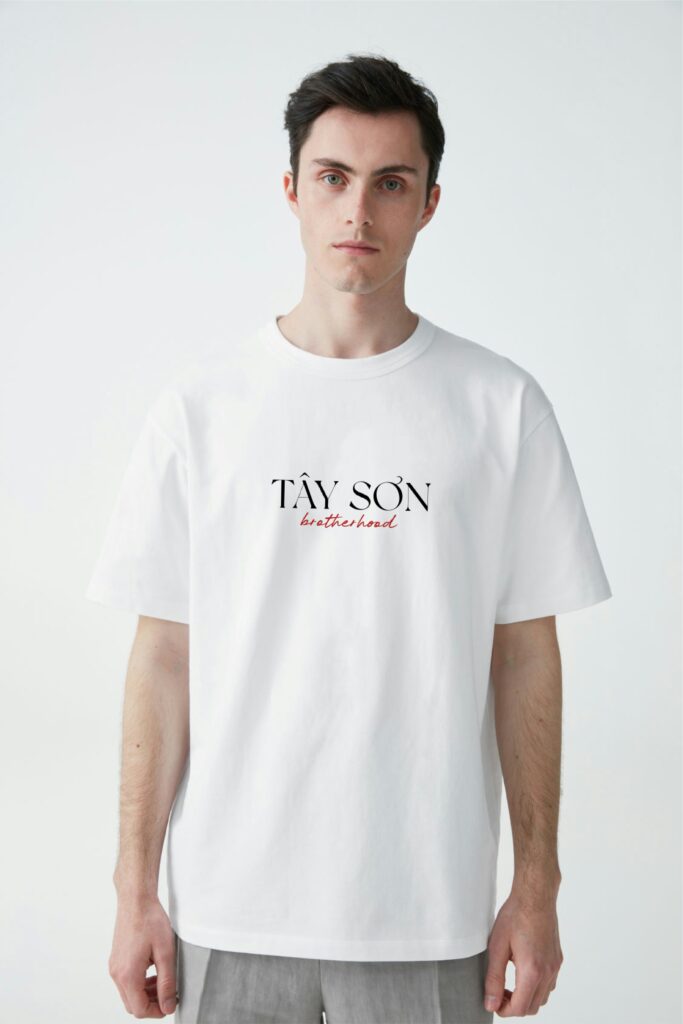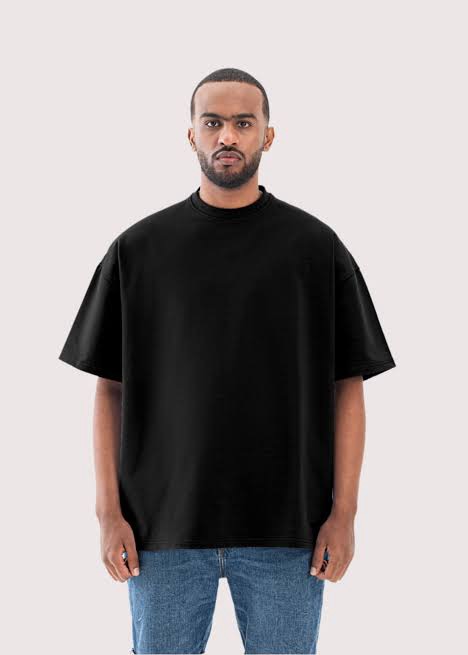Leather handbag manufacturing is a craft that blends art, precision, and functionality. Whether handmade or factory-produced, a well-made leather handbag offers unmatched style and longevity. This ultimate guide to leather handbag manufacturing unveils the complete journey—from conceptualization to finished product.
Why Leather Handbag Manufacturing Matters
In today’s fashion landscape, leather handbags remain a top-tier accessory. Their appeal lies in their durability, luxurious feel, and versatility. With innovations in sustainable leather alternatives and increasing interest in craftsmanship, understanding how leather handbags are made can boost both quality and brand appeal.
Step-by-Step Leather Handbag Manufacturing Process
1. Design & Prototyping
The journey begins with inspiration. Designers sketch ideas, create mood boards, and define bag dimensions and functionality. These sketches are turned into tech packs, detailing dimensions, materials, hardware, and stitching guides.
Prototypes are then constructed to test design, structure, and usability before moving to production. :contentReference[oaicite:1]{index=1}
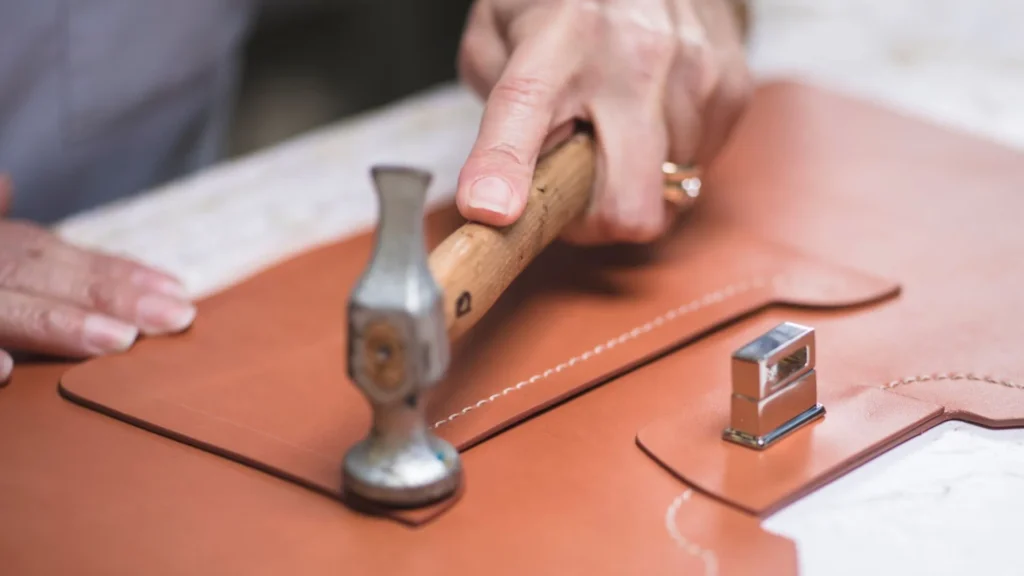
2. Material Selection & Sourcing
Choosing the right leather is vital. Top-grain leather is ideal, offering strength, lightness, and durability. Alternatives like suede or plant-based leathers (made from pineapple, cork, or mushrooms) allow eco-conscious options. :contentReference[oaicite:2]{index=2}
Inside typical manufacturing:
- Leather (top-grain, full-grain, or eco-leather)
- Linings (cotton, satin)
- Hardware (zippers, clasps, buckles)
- Adhesives and thread
3. Cutting Leather Pieces
Cutting requires precision—done either by:
- Laser cutting for intricate shapes
- Die-cutting for consistency in large batches
- Hand cutting for artisanal or custom designs :contentReference[oaicite:3]{index=3}
Patterns are carefully laid and cut to ensure minimal waste and accurate dimensions.
4. Stitching & Assembly
Trained artisans or machines handle the stitching:
- Saddle stitch for strength
- Straight and lock stitches for seams
Edge finishing like burnishing or edge painting adds polish. :contentReference[oaicite:4]{index=4}
This stage also includes:
- Sewing linings
- Attaching hardware
- Reinforcing handles and stress points
5. Finishing Details
Finishing brings the product to life:
- Applying leather conditioner or sealant
- Installing branding elements (logos, embossing)
- Final trimming, cleaning, and packaging
Quality control checks ensure stitching, structure, and appearance meet expectations.
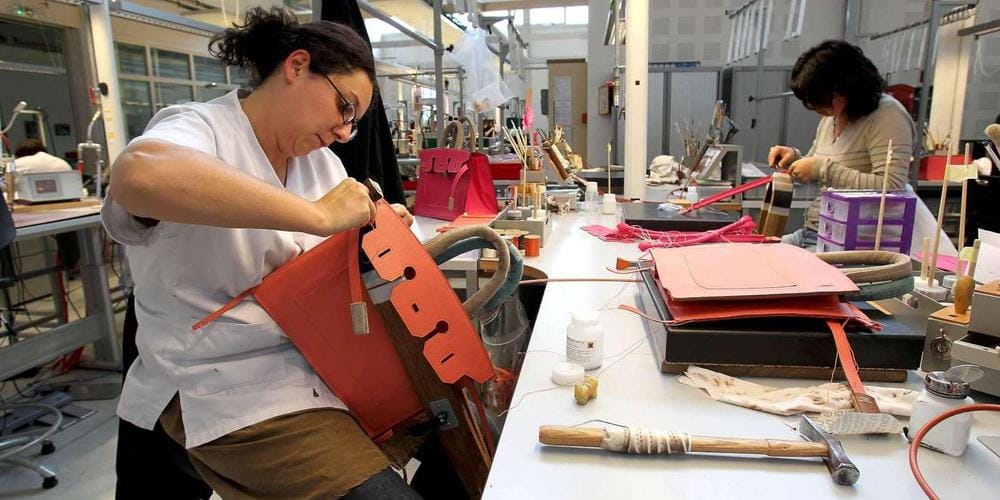
6. Sustainable and Artisan Practices
Many boutique brands now integrate artisanal methods:
- Hand-dyeing using vegetable tanning
- Creating craftsmanship in small ateliers, often preserving centuries-old techniques seen in Andalusian leather workshops :contentReference[oaicite:5]{index=5}
7. Environmental Considerations
Leather production has environmental implications. Tanning processes, especially chrome tanning, can use chemicals and water. Vegetable tanning, while eco-friendlier, can still be resource-intensive. :contentReference[oaicite:6]{index=6}
Sustainable alternatives like plant-based leathers help reduce impact and align with consumer demand. :contentReference[oaicite:7]{index=7}
Cost Factors in Leather Handbag Manufacturing
Costs vary based on:
- Leather quality (real vs. plant-based)
- Complexity of design/embellishments
- Quantity—bulk production reduces costs
- Labor type (handcrafted vs. machine-driven)
FAQs
Q: How long does it take to manufacture a leather handbag?
A: From prototyping to final batch, production usually spans 3–8 weeks depending on complexity.
Q: Can I use synthetic or plant-based leather?
A: Yes—ethical and sustainable materials are rising in trend, offering lower environmental impact without sacrificing style.
Q: What ensures a durable handbag?
A: High-quality leather, tight stitching, reinforced hardware, and proper edge finishing.
Pro Tip: Develop a small sample batch before full production. This helps test functionality and finish before scaling up, reducing costly revisions later.
